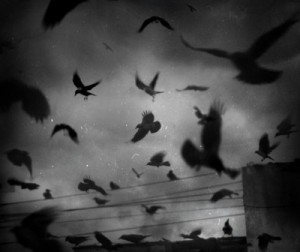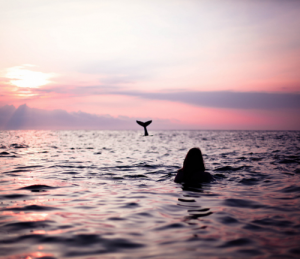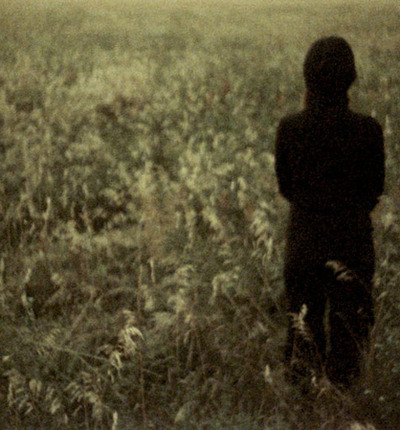Dani Leventhal: My Animal Life
Introduction 12
Notes on Beginning by Dani Leventhal 14
Installations 15
Communion (20010) 16
Experiment Intimacy (2001) 18
Once Over Hung (2002)
Relinquishing (2003) 22
A Note on Feather Stitch by Lorelei Stewart 23
Feather-Stitch (2003) 24
Becoming-Just by Jonathan Rhodes and Shannon Stratton 26
Justos Sobre La Tierra – Just Above Ground by Elijah Burgher (2005) 29
Slurry (2007) 33
Videos 38
In Rosendale by Judy Sigunick 39
Guts by Steve Reinke 41
Only the Lonely by Danielle N. Kramer 44
Notes While Looking Again by Mike Hoolboom 45
Pleasure Dome show: Internal Archivists 70
Internal Archivists discussion 71
Dani Leventhal and the Question of Why One Should Care by Emily Vey Duke 82
editor: Mike Hoolboom
design: Mike Evans
What to say about this fearless artist, the one who carries her camera with her into the fray, the struggle, the embrace of each moment? She can find the light in it, that’s for sure, the way filmers used to, the ones who once busied themselves lensing analogs for their own blood meridians and cellular expansions. But here the white male mantling has been passed on to a digital looker no less sensitive. How very rare, in this moment of instant, pervasive and throwaway pictures, when light is no longer needed for exposure, to find someone able to catch every last echo of a shadow almost cast. And how much more than this. Was it already three decades ago that talk ran down the avant walls about a woman’s camera style? What would that look like was the question which haunted screenings as we pored over Sally Potter and Chantal Akerman and Trinh T. Minh-Ha. Sure, yes, exactly. But also Dani. The thing she never does, unlike so many of her male comrades, is to use her tools as a substitute for living. She doesn’t want to sit and talk all day about how sweet the circuit boards are. She doesn’t riff lyrical on the formats or the gear or the latest forget-me-not marvels. Instead she sticks her face into her life, into the heart of the problem, the question, the new lover, the old problem, again and again, and the miracle of it, is that she is able to bring her camera along. How does she manage to do it?
She put in some mentor face time with video avatar Steve Reinke, and rode his benign tutelage along the way to making her jagged half-hour epic Draft 9. Then she switched to still shorter forms while grappling with questions of her Jewish faith, the occupation of Palestine, the not quite land of milk and money in the kibbutzim. And of course love. Because the questions that fall into her camera are not landing on tangents, but on bodies that are staying up all night to speak to her on the bus, or sketching out her fortune on the front of a ruined car, or whispering to her like a child in the back of a synagogue dream. Her camera haunts and turns like an animal, she carries it with her everywhere, always ready to bring it forward, to push her own face forward, into whatever pressing question will hurt the most to ask. Forever she is opening to receive these wounded fragments from the front line of her own life, and offering a reflection on two kinds of memory: the souvenir and the mémoire.
The souvenir is the very near recollection of what you’ve lived, seen or experienced. The souvenir is already a story. Mémoires are unreconstructed elements made of rough cuts; a pre-story. If you undergo psychoanalysis you try to retrieve from your unconscious elements which arrive in very rough shapes. The mémoire is a pre-story, to speak of memory is to speak in fragments, and it’s interesting for cinema to look for these rough elements of memory, more than for souvenirs, to gather rough scenes of what has been experienced, rather than pre-digested tales. That’s the difference between television and cinema. Television is at the level of souvenirs while mémoires belong to the cinema. (Jean Perret)
If ever there was a cinema born and raised under the sign of Scorpio, it is Dani’s. To tell the thing which cannot be told, to show what should not be shown, to uncover the last secret. She has come to bear witness, and to do it in a rare and perfect light. She can’t help looking, and she can’t help making these wounds beautiful. Here is a woman’s camera wielded by a lover of women (what else?) and a first person account offered in fragments lifted from the shadows of the security barrier. At last.



